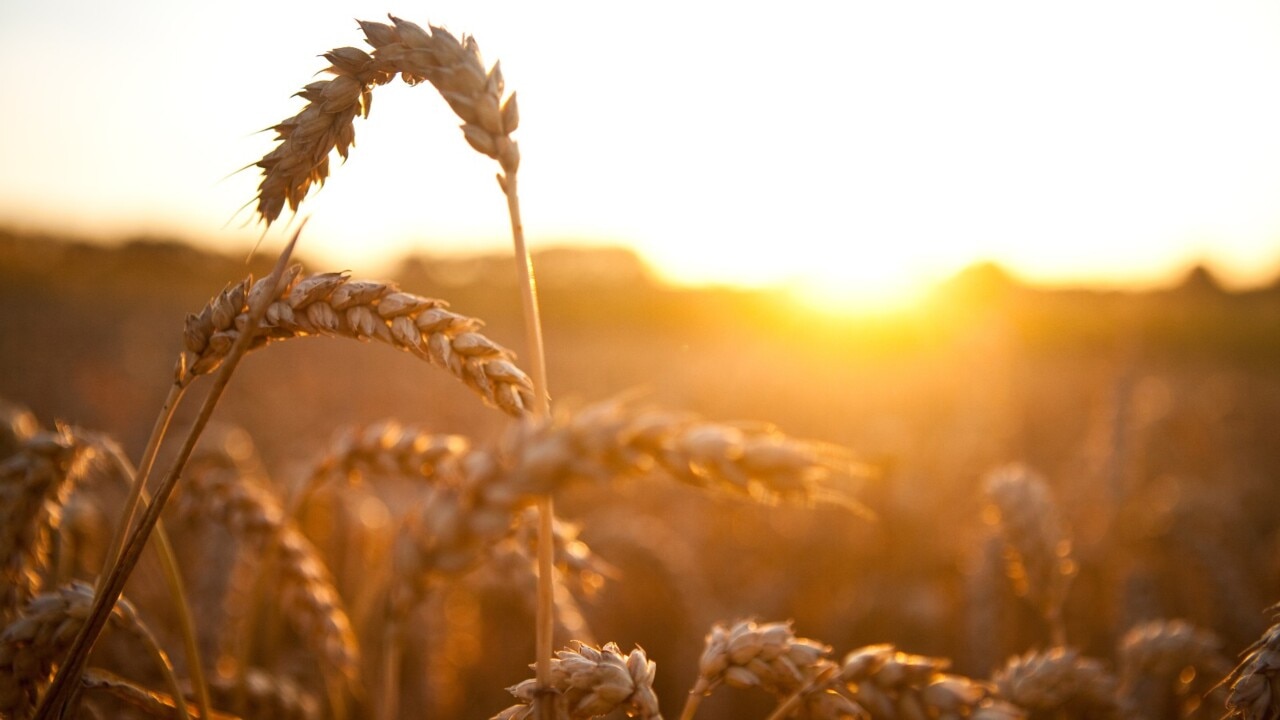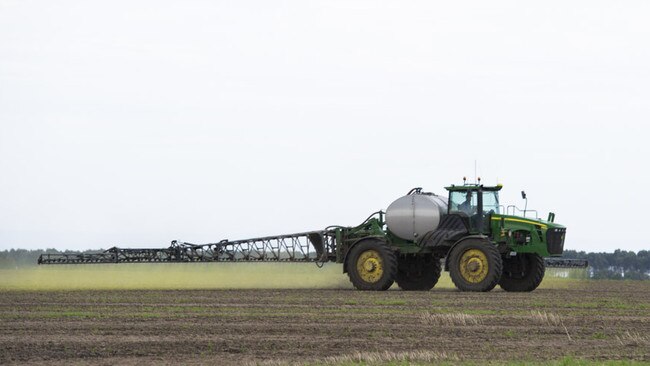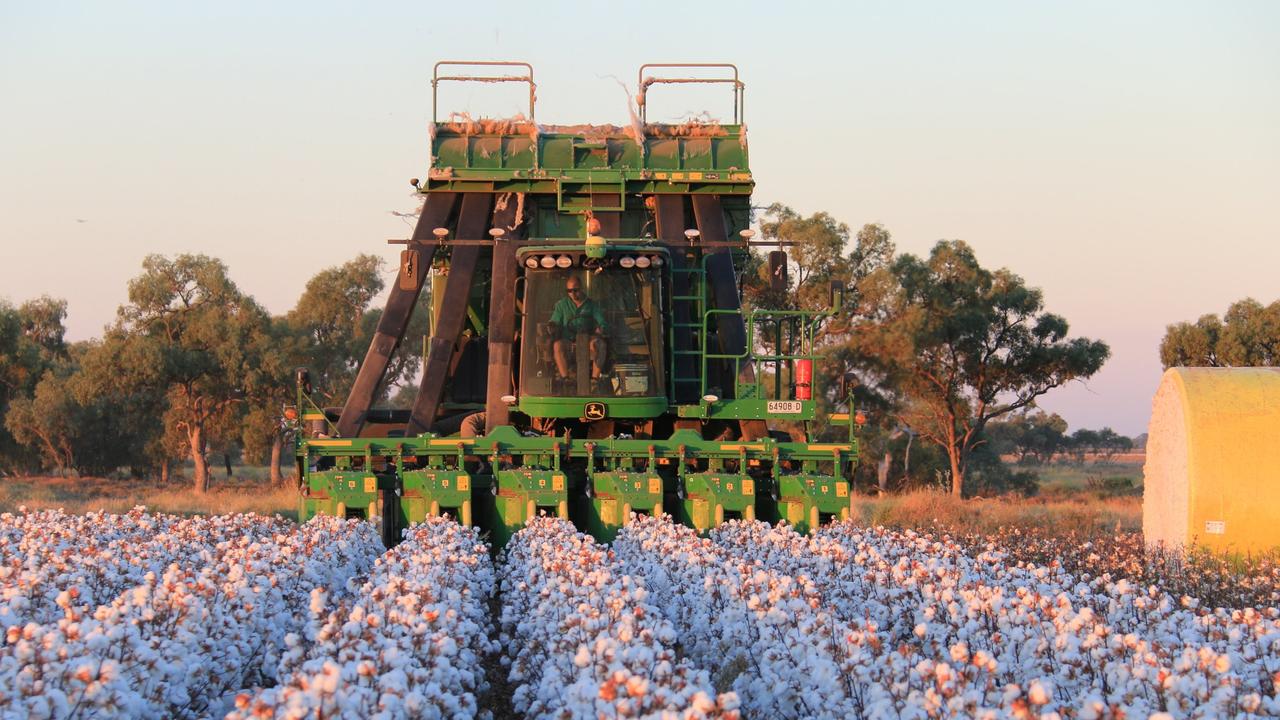Grain prices: Agronomist does the math on fertiliser prices, more ahead of sowing
We ask an expert to figure out how much it’ll cost to sow a crop this year, and they say there’s light amid the dark cloud of soaring inputs.

Grain growers could still make good returns this year but must be vigilant in monitoring costs.
With the costs of some inputs doubling, agronomist David Eksteen from David Eksteen Agricultural Consulting at Wodonga said deciding what to plant and then tweaking management throughout the season was the best way to tackle cropping this year.
“Profitability for a farmer depends on yield obtained and the grain price received,” Mr Eksteen said.

“At the moment, the grain price is very good but the price at harvest could differ from the current price.
“If we have a good year, then growers can still make good money.
“But if we have a poor year — too wet, waterlogging, frost or a hot, dry finish — then growers can either just break even or will make a loss.”
Mr Eksteen said fertiliser costs had risen 100 per cent year on year, from $186 last year to $397 for this season for 250kg/ha of urea and 60kg/ha of MAP.

“Urea is the main cost as you use a lot more urea, especially in a wet year,” he said.
But it is not only fertiliser that has increased dramatically in crop production costs, with glyphosate rising 100 per cent in the past 12 months, from $6/litre last year to $12/litre this season.
“As an example, one grower I work with paid $104/ha for his herbicide program last year and now will have to pay $180/ha this year,” Mr Eksteen said.
Fuel doubling in price from last cropping season to this is another contributor to rising costs.
Variable costs for his clients growing wheat have risen from $280/ha in 2019 to $522/ha this year. Canola variable costs have risen from $456/ha to $660/ha in the same period.
Mr Eksteen said one way to bring down variable costs was to decrease the application of phosphorus, but knowledge of existing levels was crucial.

“Phosphorus builds up in the soil like a bank and we see levels of up to 60 parts per million, when a crop only uses 10-15ppm each year,” he said.
“I think lots of farmers could cut back phosphorus applications this year because the P is already there.”
“But they can’t cut back urea if the season is looking good because that is what will determine yield and therefore profit.”
Mr Eksteen said farmers should not be discouraged but should be across their figures carefully.
“When you run the numbers, the risk is not that great, but you need to know where to hold back and where you should spend money,” he said.




